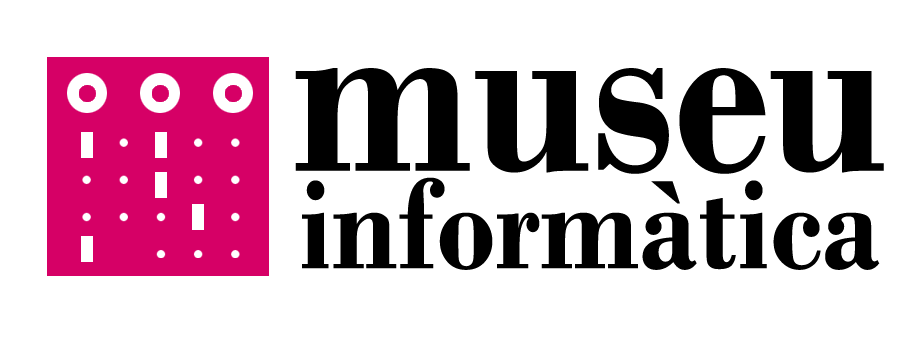The Python Programming Language
 Introduced in the late eighties by Guildo van Rossum as a successor to the ABC programming language. The name of the language comes from its creator’s fondness for British comedians Monty Python.
Introduced in the late eighties by Guildo van Rossum as a successor to the ABC programming language. The name of the language comes from its creator’s fondness for British comedians Monty Python.
Python is an interpreted programming language whose philosophy emphasizes the readability of its code. It is a multiparadigm language, since it supports object orientation, imperative programming, and functional programming.
 An important feature of Python is dynamic name resolution. Another goal of language design is ease of extension. Although Python programming might be considered in some situations hostile to traditional functional Lisp programming, there are quite a few analogies between Python and the minimalist languages of the Lisp family.
An important feature of Python is dynamic name resolution. Another goal of language design is ease of extension. Although Python programming might be considered in some situations hostile to traditional functional Lisp programming, there are quite a few analogies between Python and the minimalist languages of the Lisp family.
Although the idea of clear and readable code is not something new and was already pursued in the 1970s with languages such as Pascal and COBOL, Python rescues this idea and was designed to be easily read, using words where other languages would use symbols. The content of the code blocks (loops, functions, classes, etc.) is delimited by spaces or tabs, known as indentations, before each command line belonging to the block. Python thus differs from other programming languages that maintain the custom of declaring blocks by means of a set of characters, usually between braces.
Python has a large standard library, used for a variety of tasks. The modules in the standard library can be enhanced by custom modules written in both C and Python. Due to the great variety of tools included in the standard library, combined with the ability to use low-level languages such as C and C++, which are capable of interacting with other libraries, Python is a language that combines its clear syntax with the immense power of less elegant languages.
At present (2021), Python is applied in the fields of artificial intelligence and machine learning. It occupies the 2nd position in the TIOBE ranking of popularity of programming languages (a difference of 0.7% with the current number one, the C programming language). It should be noted that during the last 20 years, only the C and Java languages have managed to reach the first position.
Python
Born:1971
Evolution: Python 2 (2000); Python 3 (2008)
Influences of: ABC; Pascal; C; Lisp; COBOL
Influences: Go; JavaScript
